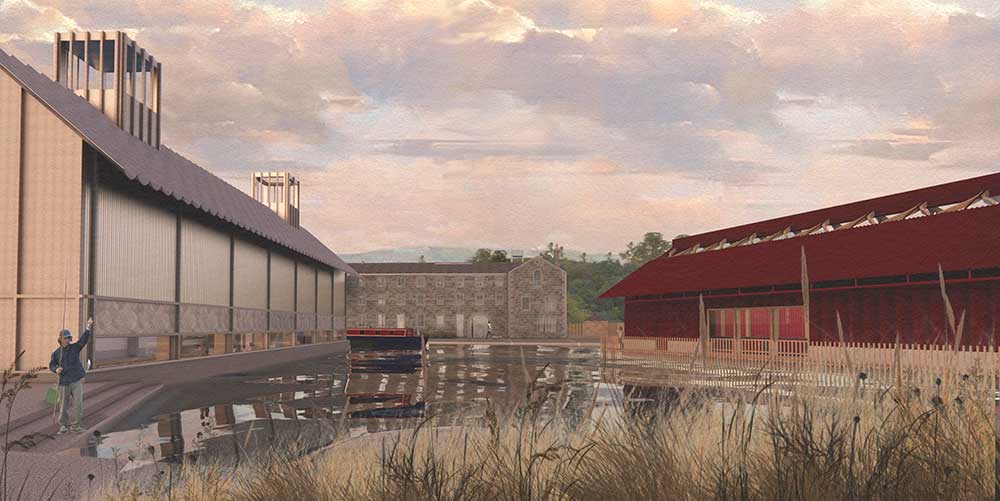Established in 1993 as Continuity in Architecture, a studio for research informed teaching, the atelier specialises in the sustainable adaptation of buildings, landscape and urban space within historic contexts. In 2023, the Atelier strengthened its expertise to include Landscape Architecture and became known as Continuity.
We believe that an elemental approach to studying architectural and landscape technology within historic settings has never been more pressing. Inspired by our forebears’ systematic analysis of contextual resource – their application of ready means and traditional craft techniques originating from vibrant environments, we strive to rediscover sustainable, layered, nuanced, contextual and environmentally appropriate solutions for our time. We are interested in the distinct relationships buildings and landscapes have with climate and place and how they can express the nature of a region and represent a particular culture or situation. We are interested in the articulation of space; how interiors and the exteriors interrelate, whether explicit or not, and how spaces can be grouped or connected to form complex environments. We are interested in why buildings and landscapes are designed and their morphology. We are interested in detail - how intimate details and the expression of connections reinforce and characterise the whole.
In 2023-24 the MArch2 Year opened with ‘The Horses’ - a poem by Ted Hughes rooted in the Lancashire-Yorkshire Pennine landscape. It is from this poem that we took the title and set the tone for our project work: ‘Hearing the Horizons Endure’.
Todmorden is our territory. It is a small former mill town of around 15,000 people located at the head of the narrow Upper Calder Valley. Todmorden’s strong architectural and urban identity, defined by cotton and wool industrial heritages, topography and climate reflects both counties. In 2015, the town experienced severe flooding from Walsden Water, a tributary of the River Calder that runs through the town.
In approaching the town we were interested in the following questions around our year-long theme of resilience:
- As a post-industrial setting experiencing deprivation as well as employment, health and social exclusion, how can Todmorden’s communities enhance resilience to address social, economic and physical decline? [Economic Resilience]
- What are the opportunities to mitigate demolition of both modest and significant architectural heritage through sensitive extension, retrofit and adaptation? How can we promote stewardship of the built environment, enhance resilience, and prevent wasting embodied energy already invested in existing structures? How might we celebrate the lasting value of past peoples’ work? [Urban Resilience]
- How can we design to mitigate or manage the effects of climate change I.e. flooding? How can we design to avoid depletion of energy, water and raw materials; prevent environmental degradation and promote wellbeing through liveable, comfortable and safe environments? [Environmental Resilience]
- Driven by sustainability and community agendas, Todmorden has established a strong volunteer movement based on commons, local entrepreneurism and initiative – how can architectural intervention further build community self-reliance? [Social Resilience]
As is our pattern and preference, the resulting projects are singularly rooted in the settlement, joining past to future in continuity.


